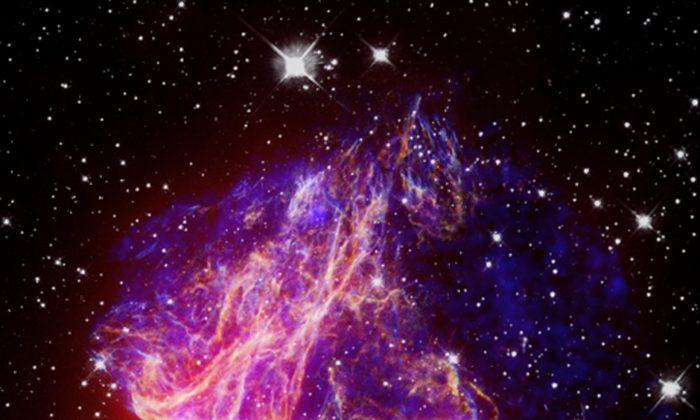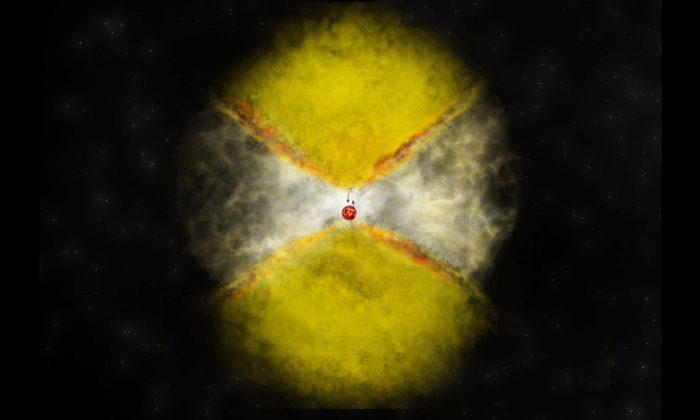Giant stars die violent deaths. After a life of several million years, they collapse into themselves and then explode in what is known as a supernova.
How they do it has been a mystery, until now. A new study and a three-dimensional model of a giant star’s last moments may bring some answers.
“This is something that has never been done before, says Sean Couch, assistant professor of physics and astronomy at Michigan State University. ”This is a significant step toward understanding how these stars blow up.”
Messy Details Matter
The ongoing problem is that, until now, researchers have only been able to do this in one-dimension. Nature, of course, is three-dimensional. “We were always using 1D models that don’t actually occur in nature,” Couch says.
New developments in technology helped researchers break the 3D barrier, Couch says. Until now, computer models didn’t match what was observed in the real world. “We just couldn’t get the darn things to blow up. And that was a problem because that’s what happens in nature. It was telling us that we were missing something.”
The 3D model also addresses the problem the one-dimensional model had copying the actual shape of the star. Older computer models yielded stars that were perfectly spherical, but real stars don’t look that way. To understand supernova explosions, messy details matter.
Millions of years of nuclear burning in massive stars results in central cores made of inert iron that can’t be used by the star as fuel. Eventually, without any fuel source, the star collapses from its own tremendous gravitational pull.
“This is what we see in our simulation process,” Couch says. “The iron core building up to where it can no longer support itself and down it comes.”
The development of the 3D model is an early stop in pinning down the reasons why stars explode, but could completely change the way scientists approach the supernova mechanism.
The work appears in Astrophysical Journal Letters. Parts of the research were carried out at California Institute of Technology before Couch joined Michigan State. Researchers from University of Arizona and Arizona State University are coauthors of the study.
Source: Michigan State University. Republished from Futurity.org under Creative Commons License 4.0.


Friends Read Free